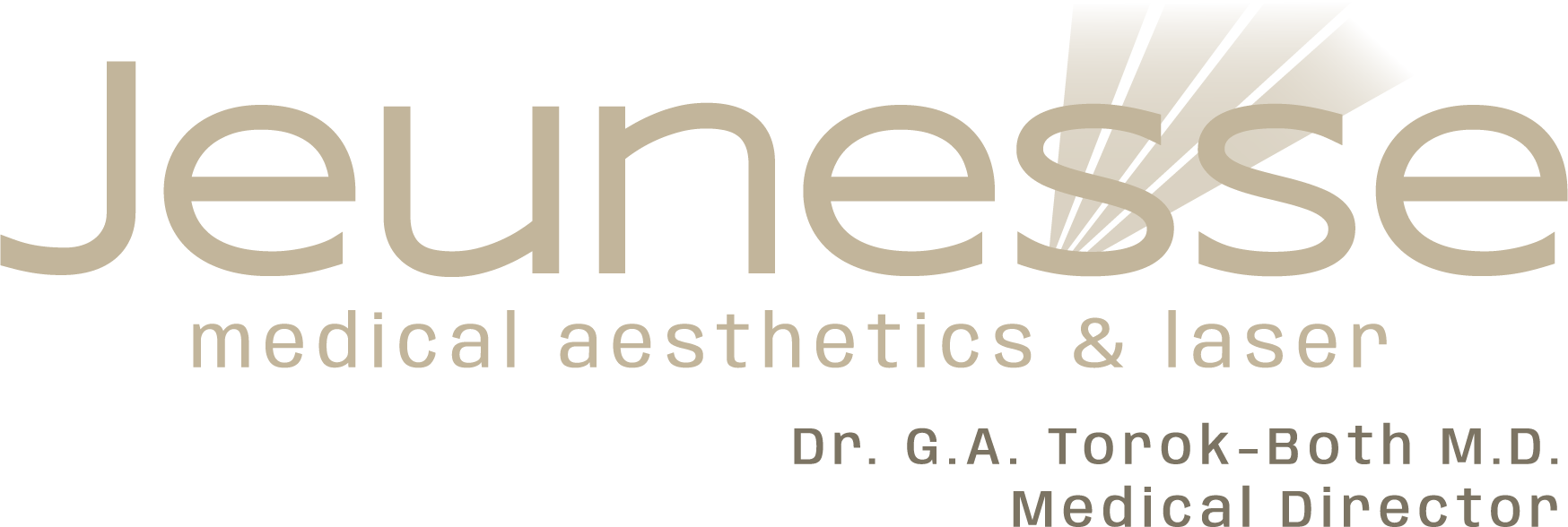Blepharospasm
Blepharospasm is a neurological condition that causes an involuntary closure of the eyelids. It is a type of dystonia, a movement disorder, and it often begins with an increased sensitivity to light and an increase in blinking which may be accompanied by a feeling of irritation in the eyes. Some people may experience a feeling of “dry eyes” followed by a forced closure of the eyelids.1
Causes and Symptoms ₍₁₎
BEB often begins with increased blinking and light sensitivity in both eyes. There may be other symptoms more often associated with dry eye syndrome, such as eye irritation or excessive tearing. However, the significant symptom of BEB is uncontrollable blinking and forced eyelid closure. Symptoms may worsen when a person is tired, under stress, exposed to wind or direct light.
Signs of Blepharospasm: 2
– dry eyes
– watering eyes
– light sensitivity
– ocular pain
Treatment ₍₁₎
2
There are rare cases of spontaneous remission of BEB symptoms, but for most people it is a condition they will have for the rest of their lives. 2 BOTOX® has been an effective treatment for blepharospasm since FDA approval in 1989
BOTOX® (onabotulinumtoxinA) is a prescription medicine that is injected into muscles and used to treat abnormal spasm of the eyelids (blepharospasm) in people 12 years and older. 2
How BOTOX® works
To treat blepharospasm, BOTOX® therapy helps block signals from the nerves that tell the muscles that control the affected areas to contract. This helps reduce eye muscle spasms. 3
1 http://www.blepharospasm.ca/
2 http://www.botoxblepharospasm.com/
3 BOTOX (onabotulinumtoxinA) Prescribing Information. Updated January 2016.
